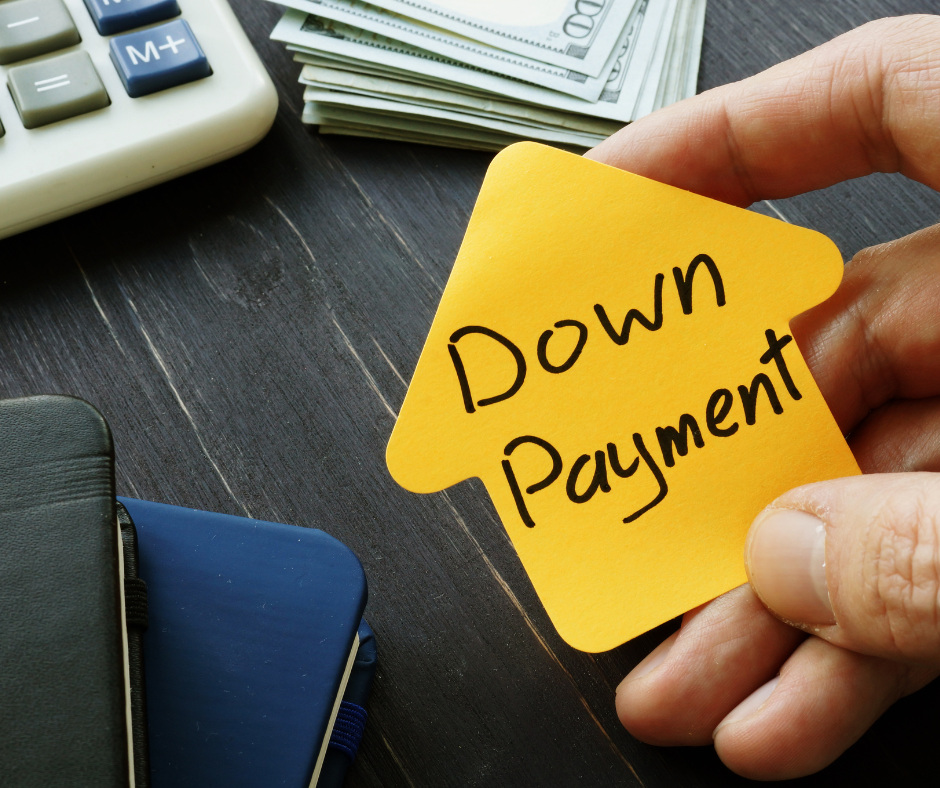Guide to Verifying Your Down Payment
In this third segment of our down payment series, we're focusing on the crucial task of proving your down payment to lenders. Knowing exactly what documents you need is vital to a smooth mortgage process. Let's break down the types of down payments and the necessary documentation for each:
Personal Savings and Investments: Lenders typically ask for three months of complete bank statements, which should display your name, account number, all transactions, and balance history.
Helpful Hint: Be prepared to explain any large deposits, such as from selling a car or receiving a work bonus, and have documentation ready to support these transactions.
Gifted Down Payments from Family: Most lenders need a signed gift letter from the family member providing the funds and bank statements proving the transfer from their account to yours, detailing names, account numbers, and all transactions during the relevant period. For overseas gifts, be ready with wire transfer copies and possibly additional account history.
Helpful Hint: Remember, a gifted down payment must be a gift with no obligation to repay. Otherwise, it's considered a loan and can affect your debt service ratios and mortgage qualification.
Loan from a Financial Institution: While not all lenders accept this, if you go this route, provide statements showing the credit used and a bank statement indicating the borrowed funds entering your account.
Helpful Hint: Lenders will factor in a monthly loan payment on the borrowed amount, usually around 3%. This will increase your debt ratios, potentially affecting your mortgage qualification, especially if your ratios are already high.
RRSP Withdrawal: Lenders will want the Home Buyers' Plan withdrawal forms (for first-time buyers), bank statements verifying the withdrawal, and three months of RRSP statements showing the available funds.
Helpful Hint: While the Home Buyers' Plan offers a tax and interest-free route to access funds, ensure you can repay within 15 years to avoid tax penalties on the borrowed amount.
Home Sale Proceeds: Documentation such as the lawyer's statement of adjustments, the signed sale agreement, and a bank statement showing the funds' deposit post-sale will be required by lenders.
Unverified Cash Savings
Cash savings not deposited in a bank account (often called "mattress funds") are generally not accepted due to fraud and money laundering risks. To comply with anti-money laundering regulations, legitimate cash savings must have been deposited into a bank account at least three months before your planned usage.
Navigating through the documentation for your down payment can be intricate, but with the proper preparation and understanding of what's required, you can make this part of the home-buying process as smooth and straightforward as possible.
Stay Tuned for Part 4 - Why Lenders Scrutinize Your Down Payment Source …


